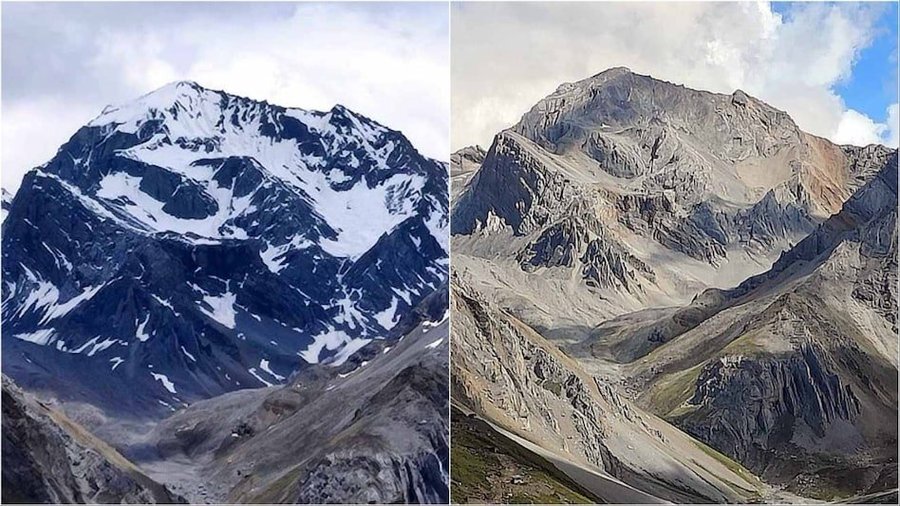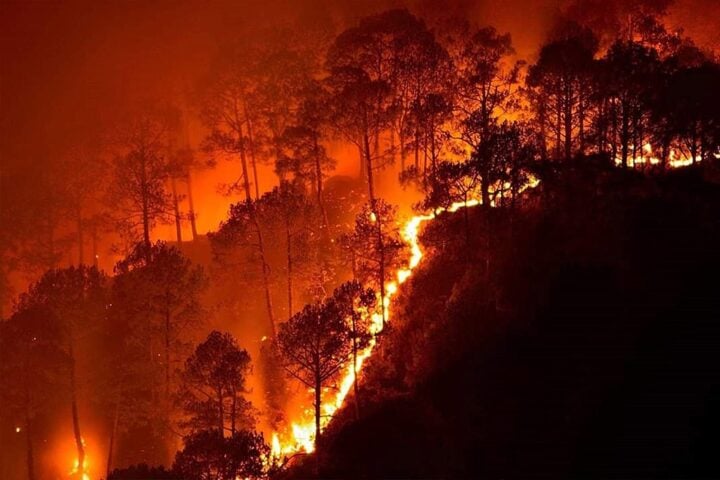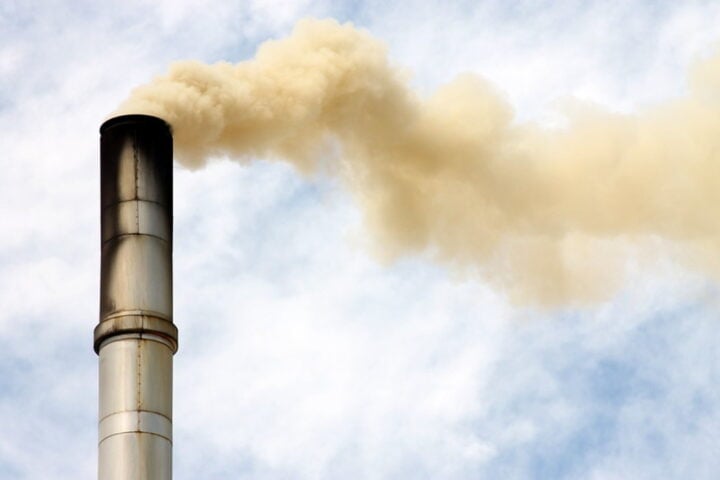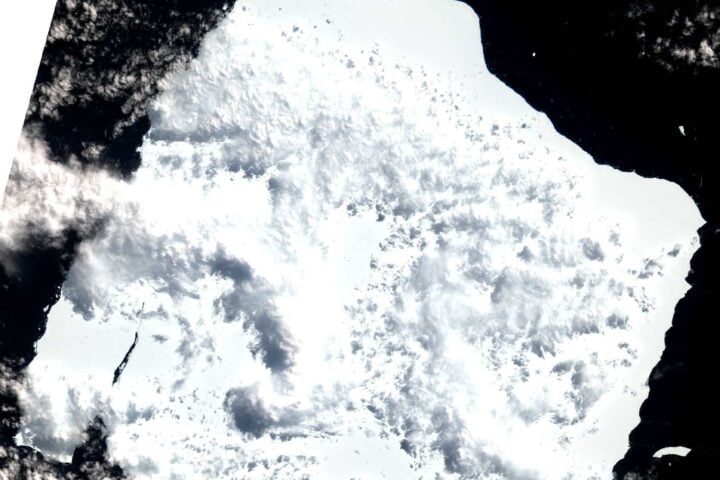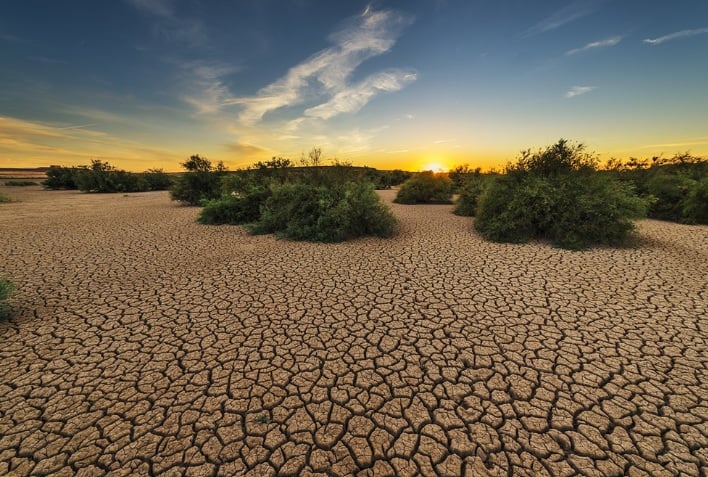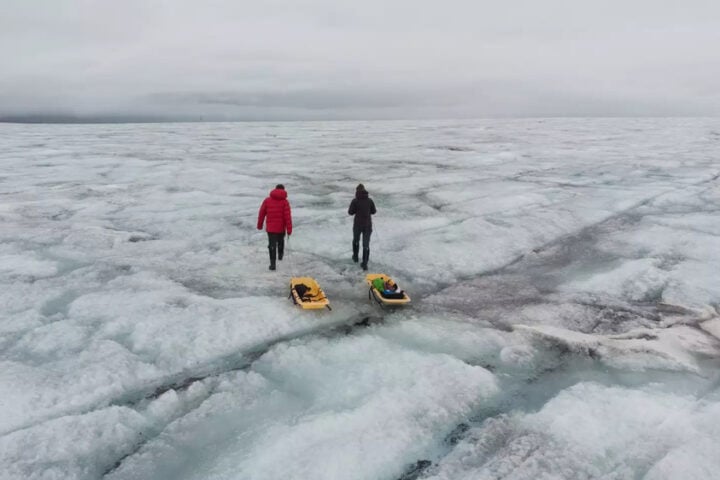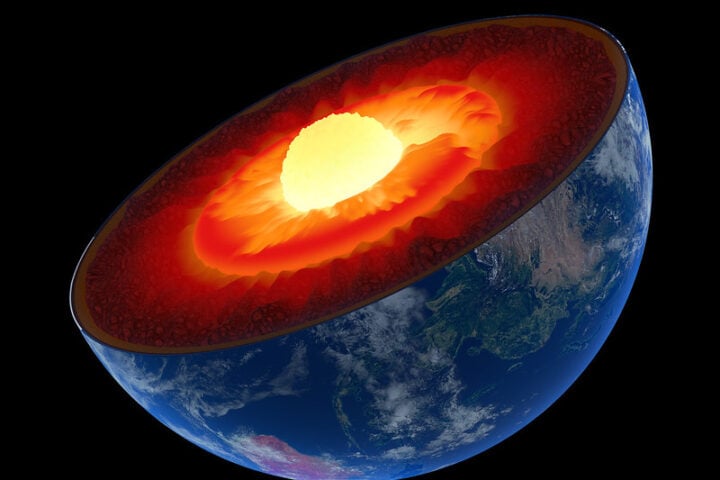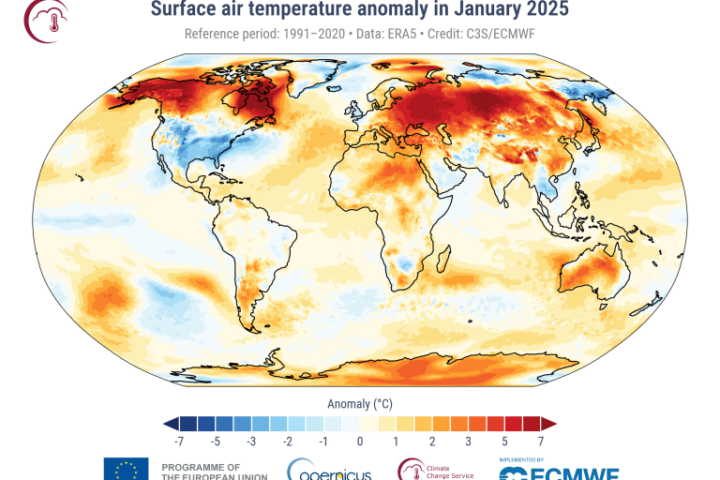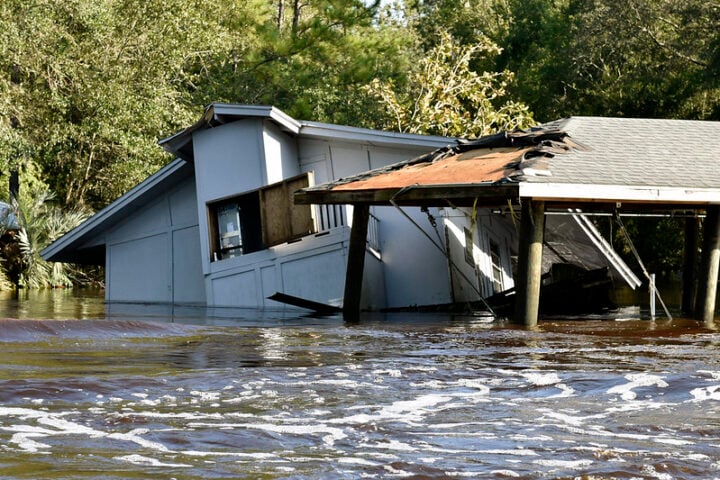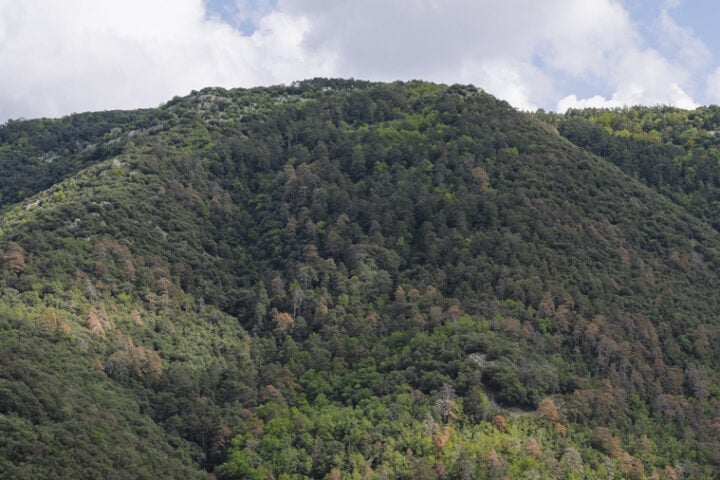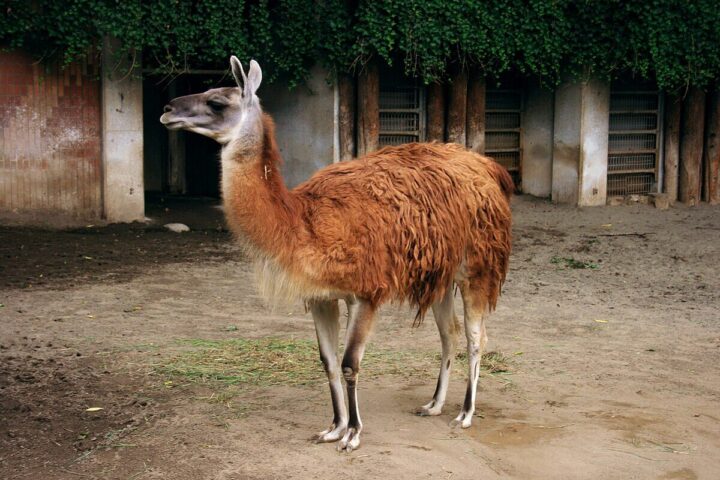Om Parvat in Uttarakhand, known for its organic “Om” snow pattern, has lost its snow cover for the first time in recorded history as a result of decreased rainfall, increased temperatures, pollution, and forest fires. This extraordinary occurrence has had a profound effect on the local population and presents a serious risk to the tourism industry in the area, underscoring the dire effects of climate change on the Himalayan ecology. The melting snow emphasizes how critical it is to implement sustainable habits, cut emissions, and enforce strict laws to protect this delicate ecosystem.
Om Parvat, which lies at a peak of around 14,000 feet in the Vyas Valley, has traditionally drawn travelers and pilgrims due to its distinctively snowy look. But as of right now, inspections show that the top is completely clear of snow, a fact that scientists credit to a sharp drop in precipitation and a rise in pollution during the previous five years. According to Sunil Nautiyal, Director of the GB Pant National Institute of Himalayan Environment in Almora, the key contributors to this environmental degradation are an increase in fuel-powered vehicles and rising temperatures. When locals and visitors alike saw that Om Parvat was devoid of snow, they voiced shock. Gunji village resident Urmila Sanwal observed that the recognized “Om” design is almost unrecognizable without its white outline. In his twenty years of employment, Adi Kailash Yatra base camp manager Dhan Singh Bisht had never seen such a total lack of snow; normally, the snow melts at a rate of 95–99% every year, but this year, there was a full melt.
The economy of the region is greatly impacted because it primarily depends on the sight of Om Parvat’s snow-capped peak to draw travelers and pilgrims. After a recent snowstorm, a district administration official from Pithoragarh reported some relief, but the underlying problems that caused the snow to go are still unsolved.
Similar Posts
The consequences for the environment are just as severe. Snow and glaciers act as organic reservoirs, progressively releasing water into rivers and streams that are essential for agriculture, drinking water, and local wildlife. In addition to affecting the supply of water, the melting of snow exposes the land to erosion, which lowers soil fertility and impacts plant development. Local ecosystems become unstable as a result, impacting plant and animal species that depend on certain climatic conditions.
Sikkim-based environmental campaigner Dilip Kumar Rai emphasizes that this incident is a sign of larger climate changes in the Himalayas, which are made worse by global warming and altered precipitation patterns. These changes indicate a more serious climatic health emergency by threatening the stability of the snow cover over the region.
Reducing greenhouse gas emissions and implementing environmentally friendly, sustainable tourist practices are critical responses to these concerns. Strict laws on automobile emissions and forest fire control are required to preserve the region’s biological integrity, while conservation and reforestation initiatives can improve carbon sequestration and stabilize the soil.
To enable focused efforts to lessen the most serious dangers, further monitoring and research are required to understand the distinctive procedures at work in the Himalayas. The Himalayas’ natural beauty and environmental balance depend on this proactive strategy, which calls on local and international community. The Himalayas are a vital ecosystem that must be protected for generations to come.
